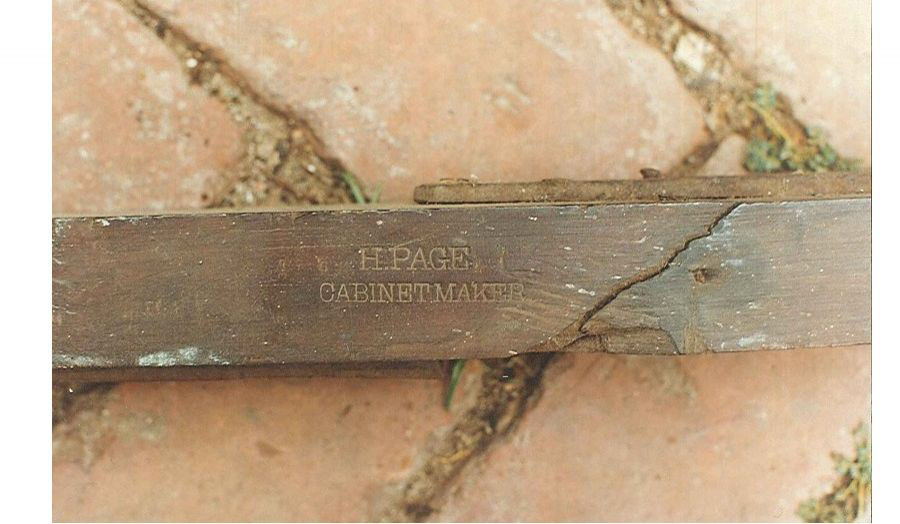Studio Outline
In this Studio the research and evidence gathering will focus around the object, the object being an artefact, a person, the interior or exterior of a building, a geographical space home or abroad. The inspiration behind this Studio was the notion that many historical and contemporary objects are without any context they float in history or from one owner to another and are utilised, enjoyed and valued until they are passed on to continue their journey. How do we search and capture the importance, significance, history or memories that the object contains? What tools and materials are to hand to explore and develop a narrative that is the focus of this Studio. The Studio will look at different types of archival material to illustrate how artefacts from our passed can be examined and understood. But just as interesting is the process of examining the same primary material and finding artefacts that are lost and can be re-invented or found again.
The types of resources we will be examining, but by no means exhaustive could include inventories, probates, newspapers, trade cards, postcards, photographs, paintings, genealogical material, dairies, private papers, maps, gravestones, journals, ships logs, apprenticeship papers, local authority material etc. Where we might find this evidence could be Guildhall Library and Archive, National Archive, National Art Library, RIBA, British Library etc. Of course where we find our objects is endless and infinite.
First seven weeks of study
- Week 1: Introduction
- Week 2: Find a Person from the Archives (Lecture)
- Week 3: Understanding a Trade from an Archive (Lecture and conversation)
- Week 4: The Object as Evidence (Parker Gallery Collection)
- Week 5: Visit to the Guildhall Archive (Handling and Seeing)
- Week 6: Visit to Strawberry Hill House (Recreating a House)
- Week 7: Church of the JC & Latter Day Saints or National Archive tbc
Themes for your dissertation could be:
- 1. Examining a building; the interior or exterior, and then building a picture a narrative of that artefact to either reconstruct, recreate or as part of the research to redesign and reinvent.
- 2. An object or genre of objects that have no context; to examine the object, piece its story together and understand it and either create a new context for the artefact or to find its history.
- 3. A life of a person that has been forgotten; lost in history and has been forgotten by time, to research and find that life and put the pieces together.
- 4. Focussing on one object, look at and examine the object and understand the story of its maker and material. What can we understand about its maker even if they remain in the shadows of time?
Contact Tutor: Dr John Cross
Reading List
- 1. Glenn Adamson, Ed., The Craft Reader; ‘The Workshop of the World’, Raphael Samuel, (Berg, 2010, pp. 83-91).
- 2. John Cross, ‘Joiners of Port Royal and Early Furniture Making in Jamaica’ (Furniture History Society Journal, 2014).
- 3. Charles Hummel, With Hammer in Hand, the Dominy Craftsmen of East Hampton (Virginia, Uni Press, 1988).
- 4. Ian Bristow, Architectural Colour in British Interiors 1615-1840, Chapter 7, New Perceptions of Colour; its usage at the end of the period (Yale Uni Press, 1996, pp. 188-220).
- 5. Grace Lees-Maffei, Ed., Design History Reader, John Walker, ‘Defining the Object’, (Bloomsbury Academic, 2010, pp. 42-48).

